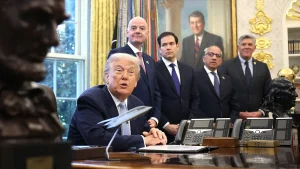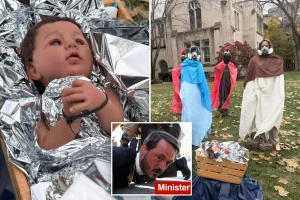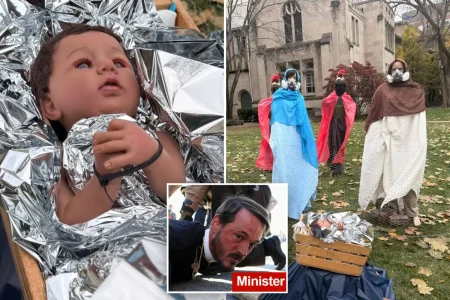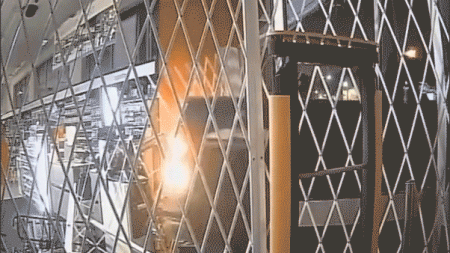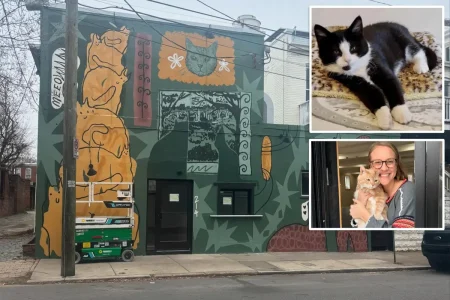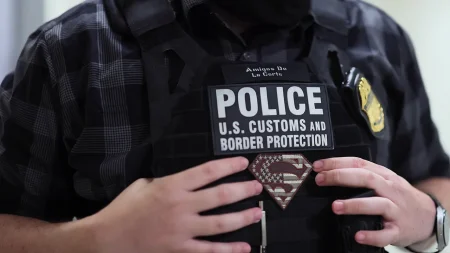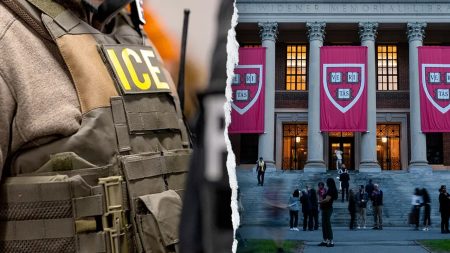How Fonki’s Revolutionary Graffiti Bridges Cambodia’s Ancient Past and Modern Present
Urban Artist Creates Cultural Renaissance Through Distinctive Street Art Style
In the bustling streets of Phnom Penh, vibrant murals splash color across concrete walls, telling stories that span centuries of Cambodian history. Behind these striking images is Fonki, an innovative graffiti artist whose distinctive style has created a visual language that powerfully connects Cambodia’s ancient heritage with its contemporary reality. Through his art, Fonki has not only transformed urban spaces but has also helped redefine how Cambodians relate to their cultural identity in a rapidly modernizing world.
Born to Cambodian parents who fled the Khmer Rouge regime, Fonki’s personal journey mirrors the historical narrative he explores in his work. Growing up in the diaspora, he developed a unique perspective on Cambodia—one that sees both its glorious Angkorian past and its dynamic present simultaneously. “My art exists in this intersection,” Fonki explains from his studio in Phnom Penh, where sketches of ancient Apsara dancers intermingle with drawings of modern city life. “I’m trying to visualize what happens when centuries of tradition collide with smartphones, motorbikes, and global influence.” This visual conversation between eras has become his signature, earning him international recognition and a special place in Cambodia’s contemporary art scene.
Reimagining Cultural Heritage Through Modern Urban Expression
What makes Fonki’s approach revolutionary is his seamless integration of classical Khmer artistic motifs into the modern visual language of street art. Ancient symbols and figures that once adorned temple walls now flow across urban structures, their traditional forms reimagined through bold lines and vibrant colors characteristic of graffiti culture. Art historian Dr. Sopheap Chan notes, “Fonki doesn’t simply appropriate these historical elements—he engages with them, reinterprets them, and gives them new life in a contemporary context.” This respectful transformation is evident in his treatment of traditional dance poses, mythological creatures, and religious imagery, which maintain their cultural significance while speaking directly to younger generations through their modern presentation.
The technical aspects of Fonki’s work reflect this cultural bridging as well. He employs spray paint—the quintessential medium of global graffiti culture—but applies it with techniques that echo traditional Khmer painting methods. His color palette often references both the earthen tones of ancient temple art and the electric vibrancy of contemporary urban life. “There’s a deliberate tension in his technique,” explains fellow street artist Mony Chea. “He’ll use aerosol to create these incredibly precise lines that resemble classical Khmer brushwork. Then he’ll introduce elements that are purely from hip-hop graffiti tradition—creating this visual conversation between artistic worlds that previously never interacted.”
Documenting Cambodia’s Rapid Transformation Through Street Art
Beyond its aesthetic innovation, Fonki’s work serves as a visual chronicle of Cambodia’s dramatic societal transformation. His murals often depict scenes of everyday life in modern Cambodia—tuk-tuk drivers navigating traffic jams, teenagers on smartphones sitting beneath ancient banyan trees, traditional market vendors selling their goods next to gleaming new shopping malls. By juxtaposing these contemporary realities with historical references, his art documents the country’s rapid evolution from a predominantly rural society to an increasingly urbanized one. Urban studies researcher Sara Thornton points out that “Fonki’s walls function almost as public history projects—they help Cambodians process the dizzying pace of change around them by visually connecting it to cultural continuity.”
This documentary aspect has made Fonki’s work particularly resonant with younger Cambodians navigating questions of cultural identity. Twenty-four-year-old university student Sokha Meng says, “When I see his murals, I feel like someone finally understands what it’s like to be caught between worlds—respecting our incredible heritage while also being part of global youth culture.” This generational impact extends beyond aesthetic appreciation; it has sparked conversations about cultural preservation, national identity, and how tradition can remain relevant in contemporary life. Local cultural organizations have begun collaborating with Fonki on workshops for young artists, recognizing the power of his approach to engage youth with their heritage in ways traditional education sometimes struggles to achieve.
Transforming Public Spaces and Public Perception
Fonki’s influence extends beyond the artistic realm into urban development and cultural policy. His large-scale public works have transformed previously neglected spaces into cultural landmarks, drawing attention to overlooked neighborhoods and creating new focal points for community gathering. In the White Building neighborhood, once slated for demolition, his series of murals highlighting the area’s architectural significance and community stories helped spark a preservation movement. “Art like Fonki’s changes how people perceive their surroundings,” notes urban planner Chanrithy Lim. “When residents see their daily lives and cultural heritage celebrated on these walls, it strengthens community bonds and inspires local pride.”
This transformation of public space has coincided with shifting attitudes toward street art itself in Cambodia. Once viewed primarily as vandalism, graffiti is increasingly recognized as a legitimate form of cultural expression, with Fonki’s work playing a central role in this perception change. Government officials who once would have ordered such paintings removed now commission similar works for public buildings and cultural events. The Ministry of Culture recently included several of Fonki’s pieces in an exhibition on contemporary Cambodian identity, signaling official recognition of street art’s cultural significance. This evolution reflects broader changes in how Cambodia is reconciling tradition with modernity—finding ways to honor its past while embracing new forms of expression.
Creating Cultural Dialogue Through Global Artistic Exchange
Perhaps most significantly, Fonki’s work has fostered international dialogue about Cambodian culture and identity. Through exhibitions and mural projects across Asia, Europe, and North America, his distinctive fusion of ancient and modern has introduced global audiences to a more nuanced understanding of Cambodia beyond stereotypical narratives of ancient glory or historical tragedy. “His work shows Cambodia as a living, evolving culture rather than a museum piece or trauma case,” explains gallerist Marie Chen, who has featured Fonki’s work in international exhibitions. “That’s powerful because it changes the global conversation about Cambodian identity.”
This international presence has also facilitated artistic exchange, with Fonki frequently collaborating with street artists from other cultures facing similar questions about tradition and modernity. These collaborations have produced works that explore universal themes of cultural identity while honoring specific local contexts. Through such projects, Fonki’s artistic vocabulary continues to evolve, incorporating new influences while maintaining its distinctive connection to Cambodian heritage. As Cambodia continues its rapid development and engagement with global culture, Fonki’s artistic approach offers a compelling model for cultural evolution—one that doesn’t require choosing between tradition and innovation but instead creates something new and authentic by bringing them into conversation. In the words of cultural commentator Sonita Meng, “Fonki doesn’t just paint walls; he builds bridges—between past and present, between generations, and between Cambodia and the world.”
